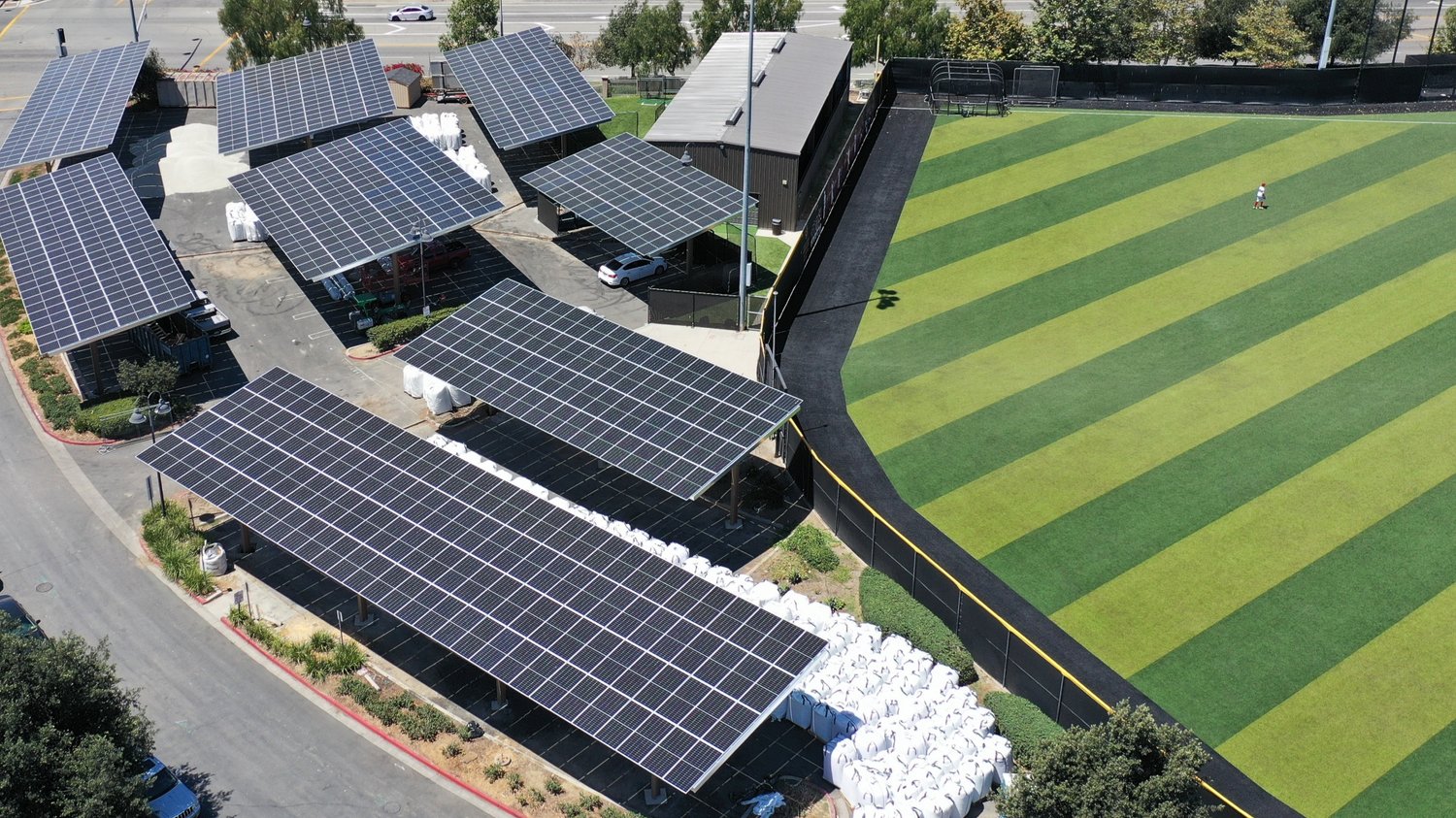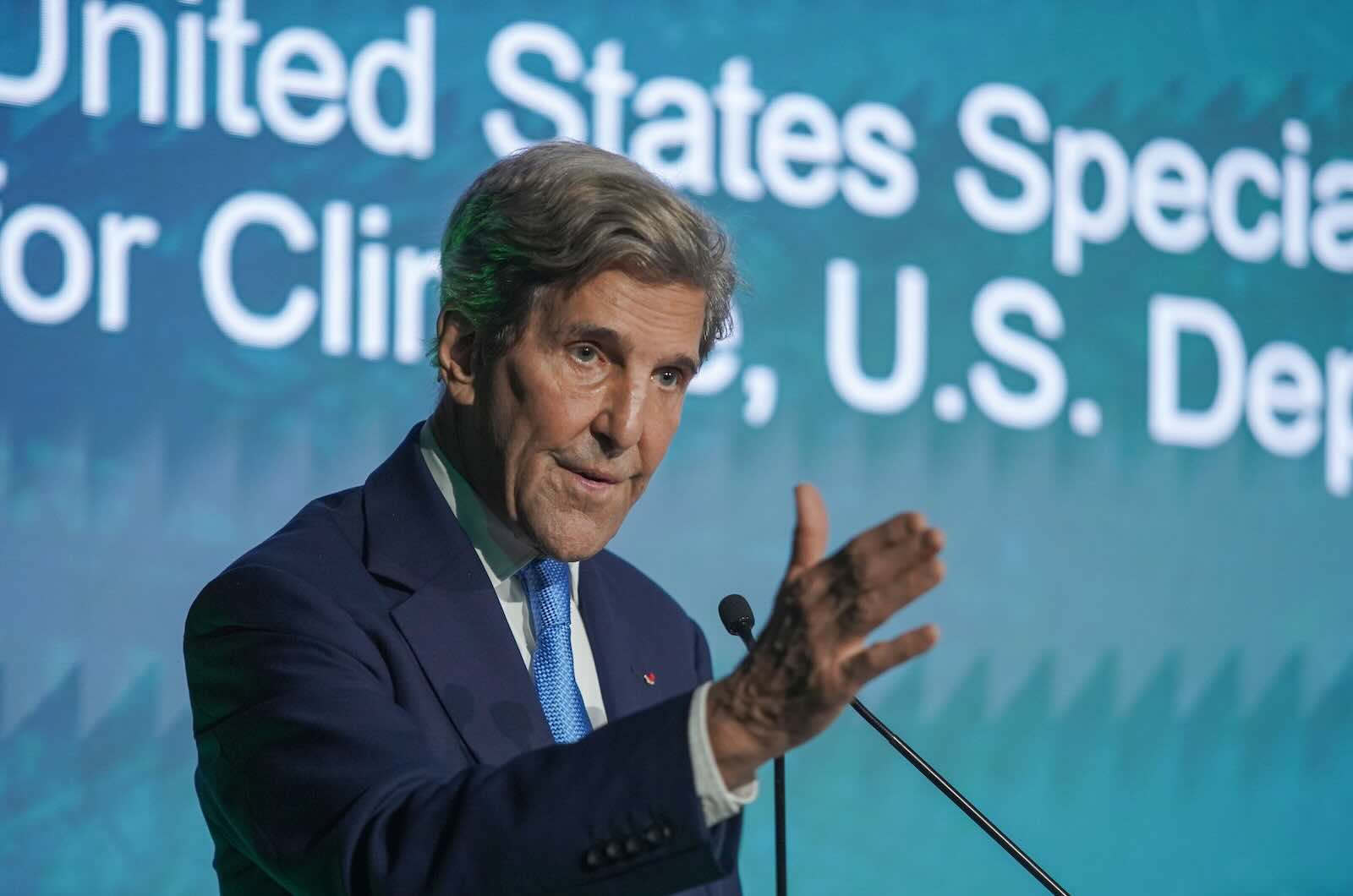The Atlantic hurricane season looms large this year, following 2023’s record number of billion-dollar disasters in over four decades of data collection.
For the world’s poorest nations, which are also among the vulnerable to the effects of climate change, the months from June to November can be particularly cruel. And as a new analysis points out, many are also among the most reliant on sovereign debt issuances to fund basic operations, making it that much harder to borrow for resilience efforts.
A white paper titled “The link between physical climate risk and sovereign default,” from the Sustainable Finance Research and Content group at Intercontinental Exchange Inc., or ICE, introduces a new analytical model, called Physical Risk Scores showing a link between climate risk and sovereign default.
“Our goal is to inform market participants and stakeholders about the implications of climate risk for international debt markets, with a particular focus on the challenges facing the world’s most climate-vulnerable countries,” the authors write.
In 2017, for example, Barbados was spending 55% of its annual GDP servicing debt held by foreign investors, leaving less than 5% for health care and environmental programs. The International Monetary Fund helped the country slash its debt burden, but the negative impacts of the COVID lockdowns on an economy dependent on tourism and 2021’s Hurricane Elsa have taken big bites out of the budget.
Many poor countries face similar challenges. Sovereign debt may be the only option for fiscal planning, infrastructure funding, and disaster response, at the expense of other parts of the economy. United Nations data shows that at least 45 countries are currently spending more on interest payments to creditors than they are on healthcare, the authors write, and at least 19 countries spend more on interest than on education.
Scoring risk
ICE’s Physical Risk Score uses what it calls “state of the art global climate models of chronic climate-related stress out to 2080” to show that countries with high ICE Physical Risk Scores have higher default probabilities than countries with low scores.
“Holding all else constant, a country with an ICE Physical Risk Score of 5 is associated with a 18.5% higher probability of default on average than a country with an ICE Physical Risk Score of 0,” the report says. “Said another way, after accounting for economic indicators, sovereign default probability increases by 3.7% on average for each one unit increase in the ICE Physical Risk Score.”
Among the countries that qualify for the IMF’s Debt Sustainability Analysis for Poverty Reduction and Growth Trust, more than 60 are either in debt distress, or at moderate or high risk of debt distress as of August 31, 2023. Over 60% of these countries have historic ICE Physical Risk Scores greater than 2, according to the report. By 2050, under a very high emissions scenario (SSP5-8.5), this percentage is projected to increase to over 80%.
Because many of the same countries are also exposed to significant physical climate risk, they face what the authors call “a dual debt-climate challenge.” Infrastructure resilience efforts require sizable investments, but entities that have the resources to make their economies more resilient may enjoy lower borrowing costs as a result, while lower-income areas may not be able to afford to finance mitigation, adaptation, and recovery. And as the tenuous experience of Barbados shows, severe weather events are a constant fear, claiming not only property and lives, but also higher borrowing costs.
Roles for investors
Investor stakeholders may play an important role by supporting efforts to bring greater transparency to international credit ratings agencies, the authors write. The United Nations Department of Economic and Social Affairs has issued proposals that could better align ratings agency practices with the special needs of developing countries. Efforts to start a new African Union-based ratings agency may also be helpful.
Investors may also consider supporting the so-called Bridgetown Agenda. Spearheaded by Barbados Prime Minister Mia Mottley, the proposal aims to reform the global financial institutions like the World Bank and the International Monetary Fund. As ImpactAlpha has previously reported, the agenda also “calls for a $1 trillion boost in multilateral lending for climate-resilient development, longer term concessional financing, and measures to increase liquidity for indebted countries recovering from the pandemic or natural disasters.” In a similar vein, climate reparations, like those originally agreed to at COP27 in 2022, may help deliver some measure of environmental justice.
Finally, simply being a buyer of the debt that these countries issue can help, both by providing needed capital, and by potentially helping drive down the cost of borrowing. It’s a tactic that many environmental-justice activists are using in the US with municipal bonds, as ImpactAlpha has reported.
Amy Cortese contributed reporting.











